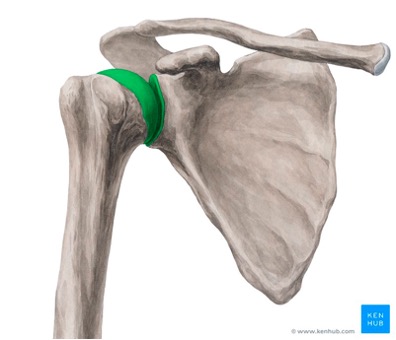29 Mar Mobility for Golf
Written by Curtis Allderidge, Accredited Exercise Physiologist

(Photo Reference: https://www.australiangolfdigest.com.au/)
Feeling tight and stiff during your golf swing? Experiencing pain? Can’t rotate your arms or hips as far as you’d like to hit the bar as far as possible? If your swing doesn’t look like Tiger’s I have some good news for you, there’s room for improvement to be made.
Golf is essentially a rotational sport and having good mobility around the shoulders, upper back, and hips will have your golf swing feeling better than ever. This enables you to have a better swing arc from the back swing all the way through to the follow through.
Thoracic Spine

(Photo Reference: https://www.kenhub.com/en/library/anatomy/thoracic-vertebrae)
The thoracic spine (upper back) is an area where most people tend to lack mobility. Most of the rotation of the torso during a golf swing is provided by the thoracic spine. If this area is stiff, you won’t be able to rotate as freely as you’d like which limits the amount of force you can produce during your golf swing – making it far from optimal.
If you find that your lower back is getting sore after a day on the course, you probably have poor thoracic mobility. This is because when you’re swinging the golf club, the lower back is overcompensating for a lack thoracic mobility and experiencing some of the rotational forces it shouldn’t be experiencing in the first place.
Shoulders

(Photo Reference: https://www.kenhub.com/en/library/anatomy/the-shoulder-joint)
The shoulders are required to move in different ways during a golf swing, as will the lead (dominant) and trail (non-dominant) hand depending on if you’re right or left-handed. Having adequate amounts of shoulder mobility, especially external rotation of the shoulders are very important for golf, improving both the back swing and follow through. External rotation is the action of rotating your shoulders outwards from the centre of your body. Once again, having good mobility will improve technique and lower the chance of injury.
Hips

(Photo Reference: https://www.kenhub.com/en/library/anatomy/hip-joint)
Having proper amounts of rotational mobility of the hips will enable you to better apply and transfer the force from the ground through the hips and redirect it into the golf ball – particularly internal rotation (the twisting movement of your thigh inwards from your hip joint). Poor hip mobility will also lead to excess forces through the lower back just like with the poor thoracic mobility mentioned above.
Mobility Exercises
The mobility exercises I have provided you with below are example exercises to promote improvements in mobility of the thoracic spine, shoulders, and hip joints. The exercises below are specifically aimed at improving thoracic rotation, shoulder external rotation, and hip internal rotation which as you now know, are key areas to improve your golf swing.
When new ranges of motion are acquired through mobility are joints become less stable, this is because our body is not yet use to the new range of motion and we have not had the chance or opportunity to develop stability or strength within these foreign (new) positions that we can now move our body or limbs into.
Therefore, stability exercise are needed to enhance our control and enable us to gain confidence in the new ranges of motion we now have. Increased levels of stability allow us to increase force and power production, so as well as hitting the ball with better mechanics, we’ll be able to hit it much further too. I’ll go over stability exercises for golf in another blog post in the near future!
Please note:
- When performing these exercises its important to not hold your breath, you must ensure that you’re breathing normally throughout each movement.
- If you experience any numbness, tingling or severe pain when performing any of the mobility exercises you must stop immediately and move onto another part of the body.
Thoracic Mobility Exercise
Thread the needle with rotation, 1 x 10.
· Begin on all 4’s with wrists under your shoulders and knees under your hips
· Slowly slide your right hand along the ground between the gap between your left knee and hand
· DON’T push as far as you can – just until you feel some tightness or restriction in your thoracic or ribcage and HOLD!
· Take 2 big deep breathes in then return and perform on other side


Shoulder Mobility Exercise
Pectoral Doorway Stretch, 1 x 1min.
· Hold the doorframe and gently twist your torso to the opposite side
· Ensure to twist your body not just your neck or shoulders.


Hip Mobility Exercise
Hip 90/90 Dynamic Stretch, 1 x 10.
· Begin on the floor sitting upright and with your legs bent (as pictured) starting with either leg.
· If you can’t get into the exact position as seen in the picture, that’s okay (only perform this movement with the range of motion you already have).
· Slowly alternate side to side recreating the 90/90 stretch.
· Ideally, you want both knees being able to touch the ground each time you slowly alternate from side to side.

In Summary
- Better mobility will improve your golf swing mechanics.
- Longer back swings allow you to produce greater club head speed.
- Poor mobility from your hips, to thoracic through to your shoulders will impair your ability to create high quality and powerful swings.


Sorry, the comment form is closed at this time.